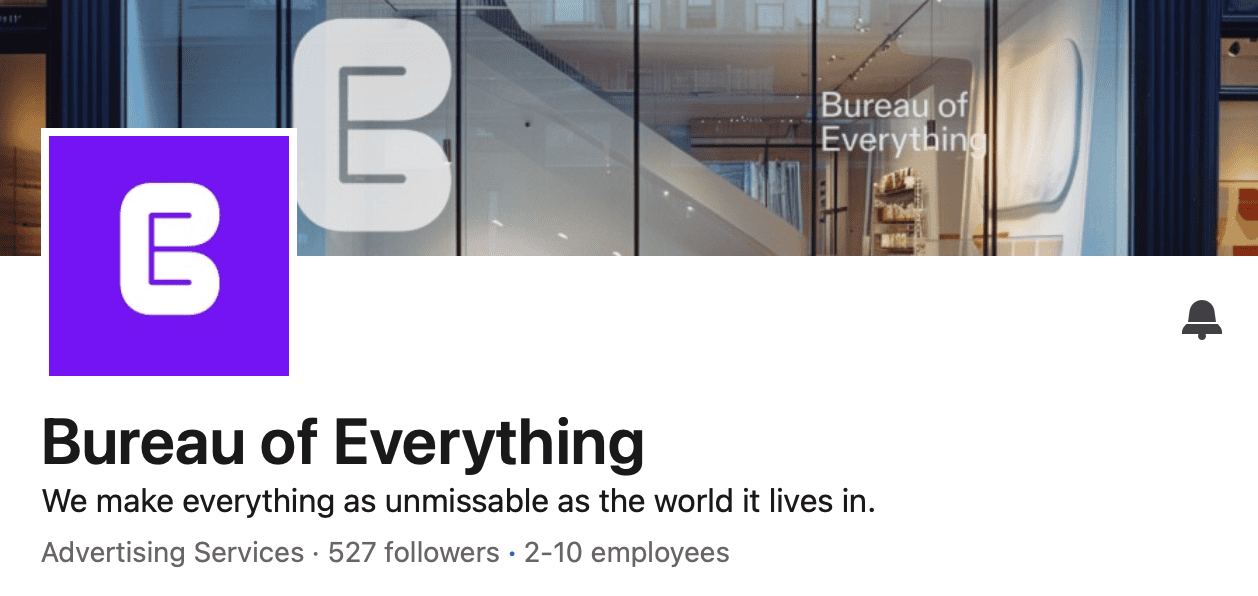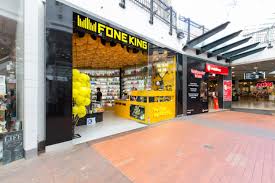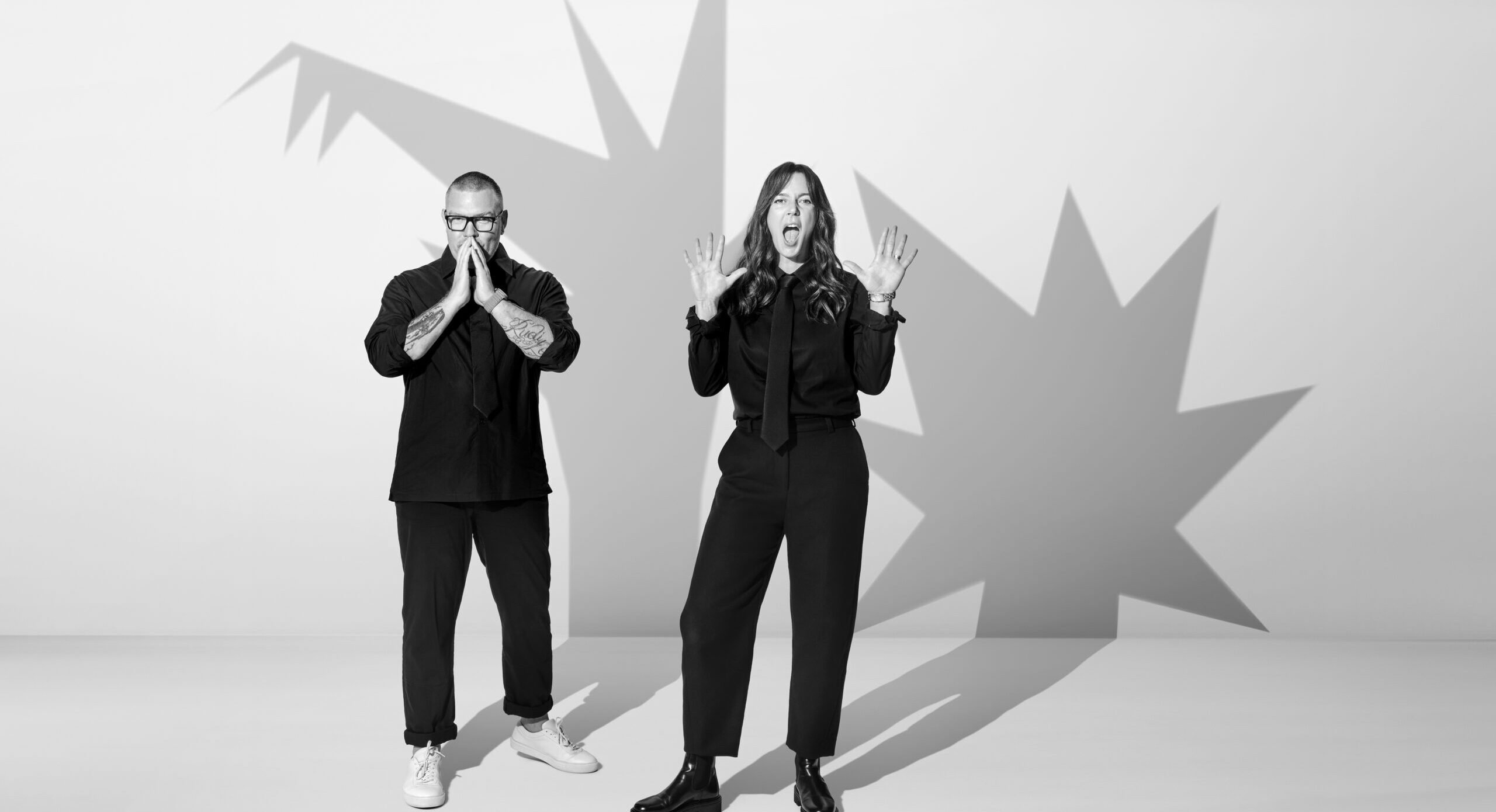When DDB’s Bill Bernbach pioneered the art director-copywriter pairing in the 1950s, “it made a lot of sense,” Cam Blackley tells Mediaweek, because those teams were focused on “TV, press, poster, radio.”
Cut to 2024, and Blackley and Emily Taylor have a different model in mind for their new shop, Bureau of Everything: the strategist-creative team.
The ex-M&C Saatchi CCO and CSO explain that the strategist-creative pairing will act as creative directors on a project, from start to finish. Blackley is involved in the strategic process, and Taylor keeps close to the work all the way through to craft and execution. “You talk about it as keeping the creative honest,” she says to Blackley.
Taylor has always enjoyed working like this. “I need to jam and bounce.” But creative and strategy being siloed in agencies has an impact.
“The reality is, you’re in different departments. And quite often strategy gets completely dropped off the process after the first phase, or creative isn’t really that involved at the beginning. And I think it shows in the work.”
The duo worked well together at M&C Saatchi. Blackley left last October after almost six years; Taylor followed in February after three and a half – partly because she wanted to be closer to the work, as she discussed with M&C boss Justin Graham.
“When we were able to keep it [strategy and creative] close at M&C, it was a much better result,” Blackley says of how the pair worked together.
“Even to the point of 8pm the night before a pitch, talking about it, and completely rewriting half the work, and changing end lines, and just binning all the boards, and just going and presenting off screen based on conversations and making sure that we kept it on track. And the work was better. And it was more single-minded.”
The origin story
When Blackley left M&C, he said he wanted to “build something new after a break,” taking advantage of an industry that felt “beautifully disrupted.” When Taylor left, she wasn’t clear on her next step.
“I had a lot of conversations with a lot of people. And ultimately, Cam and I were freelancing and consulting together, and it just became really clear really quickly … we could build something big and great.”
It was “really nice,” she says, “to be in market and have the opportunity to look at where everything’s going and go, ‘this is really the big opportunity.'”
Blackley says the pair could create the creative company they wanted, to solve problems the way they wanted to solve them.
“We learnt enough from over 20 years to go: Well, I like that bit. And I like that bit. And I don’t like that bit. So what if we could actually control our own destiny and shape it in the right way?”
He had the name ready to go. It was “registered for ages, but I didn’t know what I was going to do with it.” The pair don’t call the Bureau an agency; Taylor thinks the term “feels like it has quite a lot of baggage for clients.”
Instead, the name promises “an office of everything, where the clients are everything to us, and that strat-creative partnership means everything,” Blackley explains.
“The other thing I liked about it was there’s a Bureau of Meteorology, Bureau of Agriculture, and a Bureau of Education. And they’re all very stiff. It’s the impossibility of being a Bureau of Everything, which is kind of fun. That’s the playful nature.”
The logo is a big, bold B, with a thin E cut out of its centre. Bureau of Everything. It also looks somewhat like a C, with an E within it. Cam and Em.

The Bureau’s logo, as seen on LinkedIn
They’re not looking to badge a freelance duo, though. “I’ve never seen that we’re going to launch something like the Bureau of Everything and it remains two people. My ambition is not to be consultants with an agency studio kind of title,” Blackley explains.
The goal is to build a small team of strategist-creative teams, then engage specialists – digital, social, AI – on projects. They want to scale, but not too fast. “We just really need to make sure that it doesn’t get bent out of shape,” Taylor says.
“It doesn’t need to be 50 people, it might be 12 core, or 15 core, or whatever,” Blackley adds.
Bureau of Everything isn’t the only name he has up his sleeve.
“I’ve got some other funny ones registered as well. On my Apple watch, it says, at the end of the day … ‘no more events’. And I went, ‘oh, that’s good.’ So I’ve got ‘No More Events’ registered. And I’ve got all the domain names.”
The office
The pair immediately have a temporary office. On 1 July, they’re moving into a permanent bureau in Sydney’s Surry Hills, with capacity for six to eight people. They want a place to work together, and to bring freelancers and clients.
“We already have a designer-creative director working on a job with us. We have social strat coming in on the job soon,” Blackley notes.
“And it’s not good enough for us to go, ‘oh, let’s all go meet in a pub or a cafe’ or to try and do a semi-permanent workspace. We really want to have a place where everyone can feel comfortable.
“I also like to run writers rooms on projects, that gives us the opportunity to do that in a setting that we make in our image.”
The perfect client
M&C works with blue-chip clients like Commonwealth Bank, Tourism Australia (although that account is up for pitch and M&C is out of the running), and Woolworths.
Bureau of Everything doesn’t want “the category leaders,” Blackley confirms. “It’s a romantic notion to think that we both need each other. And therefore, our ambitions are shared, like we both need to grow and make effective and famous work.”
Instead, they’re after clients like Fone King, which the Bureau has been working with. “They’re the founders, they really appreciate the involvement, they really understand their business … but also they’ve got an appetite to really push,” Taylor says.

Bureau of Everything is working with Fone King
Three to five clients at a time, with big ambition: that’s the sweet spot. “That’s where we can really dedicate our time to them, rather than being spread so thin,” Blackley adds. “The further you go up the chain in this industry, the further you get dragged away from the really important bit, because you’re just putting out fires everywhere.
“The way the financial structures work here [in Australia] particularly, there’s a real rigidity around if you want to get a pay rise, well, it has to be attached to moving up the ladder. And a lot of people can reach positions or titles where they’re not really comfortable, or they can’t actually do the job.
“We’ve put our line in the sand around what we believe is the way to solve problems. We’ll draw those kinds of clients and we can also say, ‘we don’t think that this relationship will work,’ and nip it in the bud rather than needing to constantly feed that pipeline, whether it’s a good fit or not, just in order to hit targets.”
The work
When they announced the Bureau last week, Blackley and Taylor said the ambition was to make unmissable work. “There is no alternative unless you like setting piles of money on fire.”
How do you create unmissable work though, when so much of it suffers a slow strangulation as it gets watered down here, receives a ‘no’ there?
“I have stolen this from somewhere, I don’t know where from … [with] every idea, there’s glass and clay,” Blackley says.
“So there’s the bit of the idea that you fundamentally can’t fuck with, or the whole thing falls apart. And there’s the clay, there’s those little executional elements around the side where you can definitely compromise.
“If any of the bits that are glass aren’t resonating with the client, you knock it on the head there. Because otherwise you get into that slippery slope where everyone goes along, and before you know it, you’ve got a circle when you started with a square. We describe it almost like a rollercoaster, you’re just at the top and you’re going over and there’s nothing you can do about it.”
Taylor jumps in: “And again, if the problem’s defined well, and you can see that the work answers the problem, then I think half of the fear is gone anyway.”
